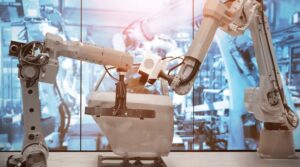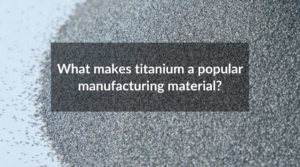Laser Powder bed fusion (L-PBF) technology is revolutionizing the automotive industry by meeting the increasing demands for customization. Traditionally, manufacturing automotive components involved time-consuming processes with limitations on design complexity. However, with the advent of laser powder bed fusion metal printing, Objectify has provided a solution that allows for the production of highly customized and intricate parts.
One of the key advantages of laser powder bed fusion technology is its ability to push the boundaries of design. Traditional manufacturing methods often impose constraints on the shapes and structures of automotive components due to the limitations of molds and tooling. With Additive Manufacturing, designers have the freedom to create complex and lightweight structures that were once deemed impractical or impossible.
The precision offered by Objectify’s L-PBF technology enables the production of intricate geometries with high accuracy. This not only enhances the performance of automotive parts but also contributes to overall weight reduction, crucial for improving fuel efficiency and optimizing vehicle dynamics.
Efficient Prototyping and Rapid Production
In addition to customization, L-PBF technology facilitates efficient prototyping and rapid production of automotive components. Traditional prototyping processes can be time-consuming and expensive, often requiring the creation of specialized molds or tools. Objectify’s L-PBF eliminates the need for such tooling, allowing for quick and cost-effective prototyping.
Furthermore, the speed of the L-PBF process enables the rapid production of components, reducing time-to-market for new vehicles or design iterations. This accelerated production timeline provides automotive manufacturers with a competitive edge in responding to market trends and consumer demands.
Enhancing Material Properties
Objectify’s L-PBF technology also enhances the material properties of automotive components. The process allows for the use of advanced materials, including high-performance alloys, which exhibit superior strength, durability, and heat resistance. This is particularly valuable in critical automotive applications such as engine components, suspension systems, and structural elements.
The ability to optimize material usage through precise control in the printing process results in components with improved mechanical properties. This not only enhances the overall performance of the vehicle but also contributes to sustainability efforts by reducing material waste.
Conclusion
L-PBF metal printing technology is playing a pivotal role in transforming the automotive industry. By meeting the demands for customization, pushing the boundaries of design, enabling efficient prototyping, and enhancing material properties, L-PBF is reshaping the way automotive components are manufactured. As the industry continues to embrace additive manufacturing technologies, Objectify stands at the forefront, driving innovation and ushering in a new era of possibilities for customized, high-performance automotive solutions.


